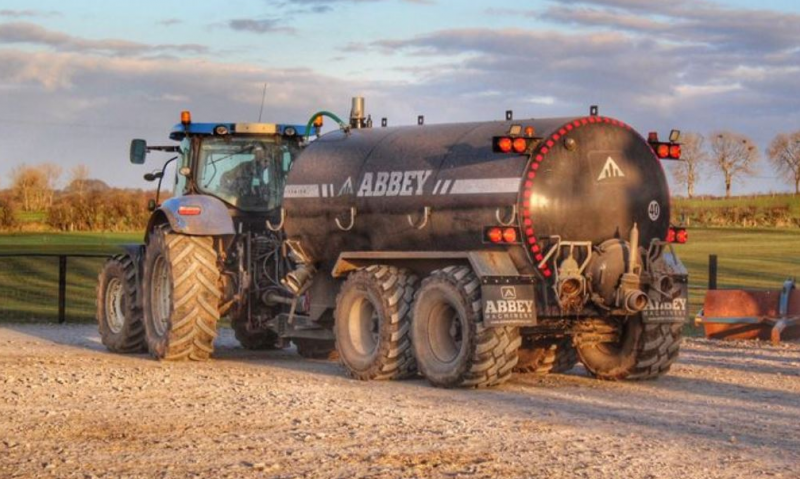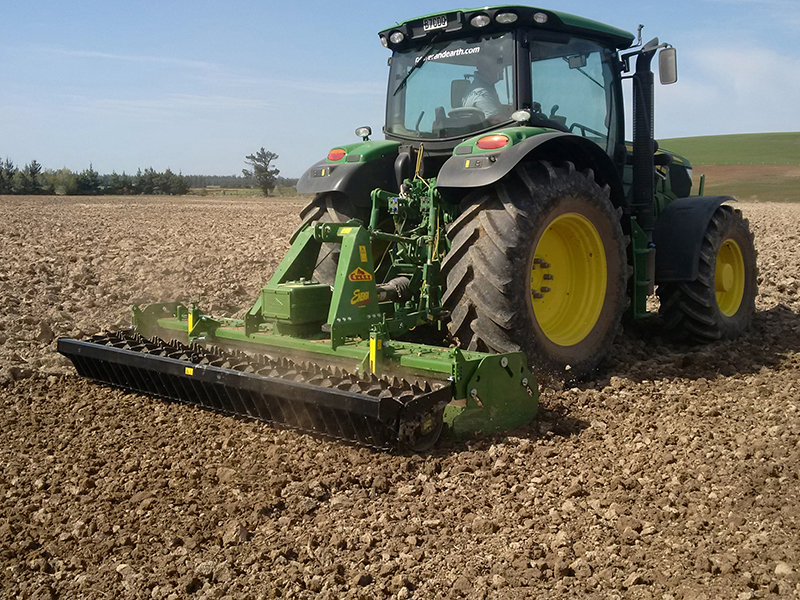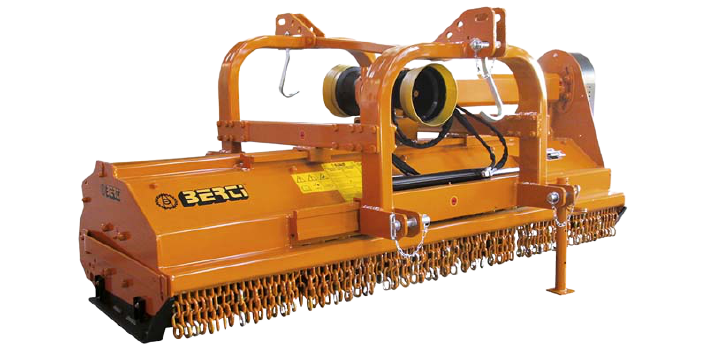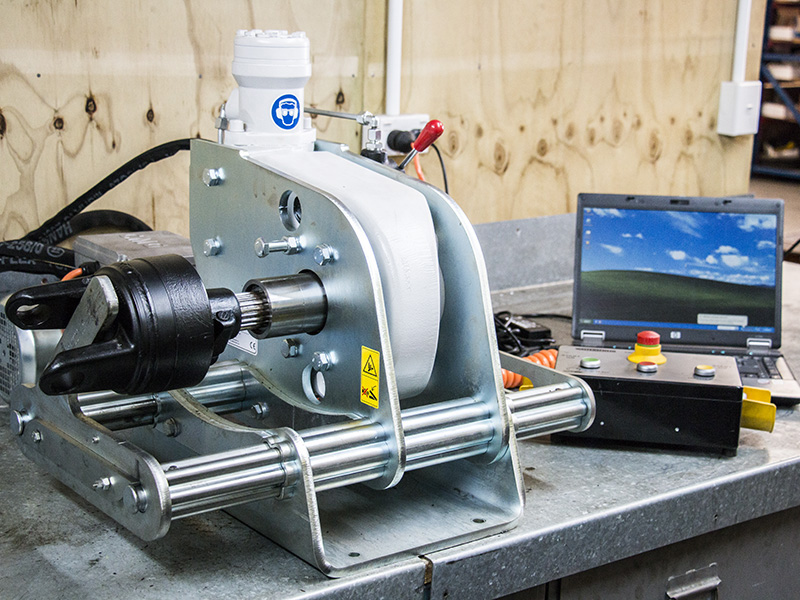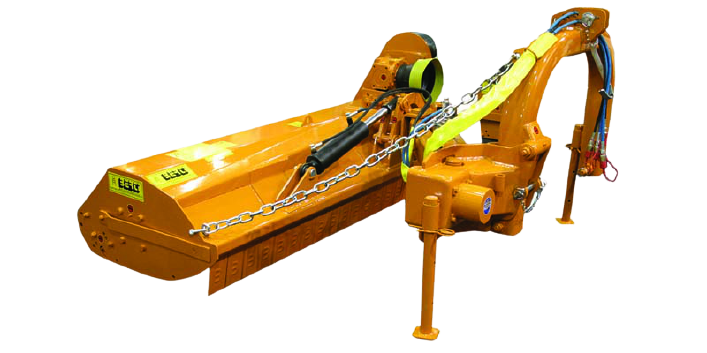Over the last 40 Years, Farmgard has been supplying & distributing agriculture machinery, farm equipment & machinery in New Zealand. For more info contact us.
Wednesday, 9 February 2022
Tips for Buying a Slurry Applicator
How to Buy the Right Mower
Lawn mower types:
Cylinder
Rotary
Hover
Lawnmower power options:
Electric lawnmowers:
Cordless lawnmowers
Petrol lawnmowers
Push lawn mowers
Wednesday, 29 December 2021
Buying Guide for Harrows
Harrows NZ-wide is used to break up dirt and flatten the surface in preparation for planting or after ploughing. Choosing the appropriate harrow requires determining what conditions will be handled as well as the equipment that will be utilised in combination with this tool. There are a few different sorts of harrows: disc models, tine models, and drag chain models are the most prevalent. Each is suitable for a distinct type of job.
What to consider when buying the right harrow for your application:
Cultivation:
The flexible Stump Jump Harrow is the
secondary tillage equipment to consider if your land is uneven, rough cleaned,
or contains light stony parts. The floating stump jump motion is a tried and
true agricultural implement made of high carbon steel. Suitable for breaking
down clods, final seed preparation of the land, and levelling heavy pasture
area that has been plugged up or packed down. Stump Jumps are also great for
weed control and the preparatory stage of vegetable production.
To ensure true tracking and correct
stump-jump movement, each Stump Jump segment is attached to the drawbar by four
hitching points – one ahead of each row of tines.
Abbey Diamond harrows are a good choice for
wide terrain and lighter loamy soils, and they're a good tool for weed
management and seedbed preparation. It will give your crops every chance by
cracking soil crusts and permitting enhanced aeration and moisture penetration.
Leveling
In addition to sowing or cultivating
instruments, levelling harrows are a good choice. The flexible frame design
provides durability in various soil types and is designed to level soil and
seedbeds. In light to medium soils, 3 and 4 rank versions are ideal for use
with combines and seed drills to cover seed. In heavy soils, the 5 rank model
is utilised to combat weed development and break down huge clods. It's a
popular tool that goes well with cultivators and scarifiers.
The 'Extra Heavy' Leveling Power Harrow is a good alternative if you want to level your land and require a harrow that can withstand the demands of today's conditions. Each tine is made of high carbon steel and has been specifically forged to expose a diamond form that will help you level your ground. Tine spacing is the same as the regular form, making it particularly ideal for heavier clay soils and for usage after primary or secondary irrigation.
Pasture
For pasture establishment, management, and renewal, the Pastureland Harrow System is recommended. Using this equipment will boost pasture growth by breaking down and distributing animal manures and other organic waste uniformly across the entire pasture. This light duty harrow is best for pastures under 100 acres (40 hectares) and tows readily behind small and medium tractors.Four rows of double-sided tripod tine
units are used to cut through manure, clods, and coarse vegetation. The hefty
steel square chain mesh that follows the tripod portion further pulverizes and
spreads the manure and organic particles, revitalizing the pasture. The
"regular" single-mesh chain has eight rows of chain, a spreader bar,
and drag weights.
For more information about Leaf Spring, Abbey machinery, rotary hoes for sale, effluent disposal and Harrow NZ wide visit our website or feel free to contact us now.
Monday, 27 September 2021
Choosing the Right Tank for the Task
There are a variety of factors that are taken into account when choosing a slurry tanker and one can feel overwhelmed when choosing one when there is an array of models, makes, and accessories involved.
Slurry tankers are best if you want to spread
effluent nutrients over the farm. There are a lot of different things that you
will need to keep in mind before you choose the right make and model to suit
your needs. FarmGard NZ stock a variety of Abbey tanks that could be perfect
for your needs, however, it’s important to have a solid understanding of your
requirements to ensure you end up with the perfect piece of equipment.
In this blog, we’ll take you through a guide on how
to choose the right tank for the task.
One of the most important things that you should
consider in the tanker is the size. Generally speaking, the bigger the better;
you don’t need to be conservative when it comes to this feature. So, how can
you choose the right size? Well, it depends on four factors that are discussed
below:
Tractor Size
The size of the tractor will determine how much
much is safe to pull. Generally, you should be able to handle at least 100L per
HP. This is just a general guideline and factor that needs to be considered.
Note down your requirements and continue reading to learn about the other
factors that need to be considered such as braking axles on the tanker and
topography.
Topography
If you live in a hilly area, you should first
consider the safety and risk of rollover. Due to hilly landscapes, the liquid
tends to move from side to side, this means stability becomes vital as do the
brakes! If gravity is greater, you should go for a smaller size. However, for
flatlands, a larger sized tanker is a safe option.
Infrastructure
Small farms have smaller gateways and narrower
races which can potentially limit the size of the tanker you can opt for.
However, if you have good driving skills and good steering axles, this might
not be an issue for you but for seasonal and less experienced drivers, this is
something to be considered.
Moreover, anyone with advanced tractor skills can
easily handle the job and reap all benefits of owning a slurry tanking.
Furthermore, bear in mind that not only gateways
and tracks are needed to be considered, your farm sizes, the quantity of
effluent disposal to be shifted and the amount of storage are all factors that hold
great importance. In terms of both labour and cost efficiency, the fewer trips
you need to make the better.
Investment
While the investment cost is important, it’s more
important to first determine the size of the tanker you really need to make the
most of the investment. Getting the right size can end up saving you time and
money, where getting something too small can end up costing more in labour and
maintenance. More loads = more time + higher wear and tear. It should
also be noted that the running costs of a slurry tanker are generally about the
same regardless of size.
Friday, 20 August 2021
A Guide About Purchasing a Lawn Mower
Unpowered reel mowers
Corded Electric Lawn mower
Petrol mowers
Ride-on mowers
Thursday, 8 July 2021
A Guide About Clutch Testing
You can use the steps in this post regularly to maintain your clutch and to get a clearer idea of the faults, wear, and tear that your components might have. These steps are crucial if you have a second-hand car that has clocked a lot of miles. Well, let’s get straight to the point, here are some of the steps that you can follow:
Start with a Basic Check
The best thing to do is start with a basic check, especially if you aren’t satisfied with your components and don’t have time to go to the shop. Switch on the car and put it into gear while pressing the clutch continuously.
If you notice strange noises or grinding, then you should further check where the issue is. Keep an eye on the signs, the clutch could be slipping, this happens when the clutch doesn’t engage properly. If there is hesitation in the engine slightly, or in extreme cases, your car may rev excessively while driving.
Drive and Test the Clutch Operation
If step one was successful, a test drive is the best way to check the functionality of the clutch a little further. Start by pulling off in first gear, as you would usually do. When the clutch is released, if it shows signs of abnormal behaviour, especially if it starts to make strange noises, you may well have a problem that needs to get looked at. The clutch may be worn out and will need to be replaced sooner rather than later.
Pulling Away in a Higher Gear
If you’ve completed the aforementioned tips and don’t see an issue, it is time to try something out of the box. All you need to do is to stop the car normally and put it into third gear. Now attempt to pull away with this gear while balancing the pedal with the clutch to eliminate any chance of the car stalling.
Generally, the car will pull a lot slower as compared to the first gear but it should result in the car pulling away. If you see any signs of slippage or unusual sounds, the only thing to do is to turn off the car right away and call on a mechanic to replace the clutch or repair it.
Weighing Up Your Replacement Options
The steps outlined in this blog should have provided you with sufficient knowledge about the health of your clutch. If you’ve completed the steps and there haven't been any issues, but are still unsure, call an expert to get a second opinion. It’s always better to be safe than sorry! On the other hand, if you see issues while performing the steps, then the last step is to weigh up your replacement options. Make sure that you go to a reputable shop to get things perfect again and functioning. For more information about clutch testing, rotary hoes for sale and spreaders, visit our website now.
Wednesday, 7 July 2021
Importance of Clutch Testing
Traditionally all cars were made to be manual and with the evolution of technology, nearly all cars you see on the road these days are automatic. However, on the farms and in the agricultural business most of the vehicles come across are manual. Where manual transmission is concerned, the clutch holds great importance and without it, you are going nowhere.
Proper care of the clutch is crucial and clutches
that are maintained properly can last up to 130,000 km or more, on the other
hand, a clutch that is abused will start to fail after approximately 50,000 km
or less.
The clutch is important and clutch testing needs to be done
to make sure everything runs smoothly and so you don’t have to face hefty
maintenance costs. In this blog, we will try to help you understand what causes
the clutch to fail and how to overcome or avoid it.
Causes of Clutch Failure
Malfunctioning of Slave Cylinder or clutch master
cylinder:
A clutch master cylinder is responsible for holding
the brake fluid. This cylinder is connected to the slave cylinder through
hoses. When the clutch is depressed, the brake fluid moves from the master to
the slave where the pressure is applied to engage the clutch.
Both master and slave cylinders have seals that
wear out which causes the leak. The leak is then responsible for the clutch
malfunctioning. Common signs of master or slave cylinder failure include going
all the way to the floor and not being able to shift gears.
Leak in Clutch Fluid:
Clutch fluid is brake fluid. When a leak occurs in
the system it makes it hard to change gears causing the clutch pedal to go all
the way down to the floor. Also, there may be a puddle of brake fluid on the
floor of the garage. The sign of a fluid leak is just a glimpse and it can lead
to serious issues for your vehicle.
Slipping of Clutch:
While clutches are designed to slip a bit when it
first engages or when the gear is changed to provide a smooth ride but when it
is fully engaged there should not be any slippage at all. In many cases, the
slipping can happen when hauling a load or when inclining up a hill.
When slipping occurs, the clutch becomes hot,
resulting in the burning of clutch facings that can potentially damage the
pressure plate of the flywheel. A further potential consequence of clutch
slippage is wear tears. When you see this kind of issue, it needs to be
addressed as soon as possible to avoid additional damage to the vehicle.
Clutch Does Not Release:
There are so many things and factors that lead to
the clutch releasing problem. Everything in between the damaged input shaft
splines to a bent clutch disc to a worn-out bearing retainer. If a vehicle’s
clutch isn’t releasing it should be inspected or tested as soon as possible
because if not, it may lead to serious issues.
Hard Clutch:
A tanks hard clutch is another sign that your clutch
isn’t well. If you experience that your clutch is hard or stiff, it is better
to keep in mind that there is an issue with the pedal linkage or the clutch
cable.
These are some of the problems that occur, and some
of them can lead to serious issues. So, you need to check the clutch properly
regularly for a smooth operating vehicle.
Friday, 25 June 2021
Everything you Need to Know About Mulch
What is Mulch?
Rubber Mulch:
Bark Mulch:
Hardwood Mulch:
Hemlock Mulch:
Leaf Mulch:
Lava Rock Mulch:
Red Mulch:
Thursday, 27 May 2021
Grader Blade Techniques and Tips for Operators
Even if you are a professional operator, manager, or a new operator, here in this blog we will share some useful tips and techniques that will come in handy. So, let’s get started.
Top tips and techniques for motor grader operators
In order to get great efficiency, achieve durability, here are some useful tips and techniques for the operators of motor graders.Avoid wear and tear
Due to harsh and rocky terrains, your motor grader may face wear and tear. To avoid this, the operator needs to carefully and safely handle the equipment to prevent any unnecessary damage to the equipment. When using it, it should be kept in mind that only a required amount of downward pressure should be exerted and applied by the operator as if excessive pressure is exerted on a dry hard surface, it can cause wear in rapid cutting edge and the equipment will also consume more fuel and horsepower which ultimately reduces productivity.Correct moldboard positioning
You need to make sure the moldboard is correctly positioned. It is important and the operators need to straighten up as when rolling the blade of the grader forward to make the edge blunt.Keep the blade sharp
To keep the motor grader blade sharp, operators should ensure the blade is kept just forward of the cutting edge. This is done so that the blade only cuts forward when it is necessary.Change the right angle
You or any other operator should alter the blade angle periodically. In case you choose to keep the moldboard forward, it might result in wear at the front of the cutting edge.The right angle holds great importance and you have to consider the angle as per the material like for free-flowing and light material, moldboard angles around 10-30 degrees and when processing wet and sticky material or mixing or ditching large windows, the angles used on moldboard should be higher, around 30-50 degrees.
Beware of gutters and curbs
In the case when grading is done along with curbs and gutters, the operators need to pay extra attention because if any type of error occurs, it may result in the machine running against the curb and the edge chipped. Also, in such cases, the moldboard may be highly affected.Moreover, when ripping or sacrificing across a slope, the operators should keep the moldboard parallel along the front axle, lowered to the ground and centred to the frame in order to provide protection against them rolling over.
Lower the teeth
Every time when using the ripper, the operators need to make sure that the teeth are lowered into the ground with the grader. In case the rear wheels lose traction, the operator of the equipment should raise the ripper first until the wheels of the mower machines regain traction. This needs to be done when the Abbey machine is being used on hard surfaces. Also, the number of teeth should be reduced.The teeth under the pavement should be lowered to break the old pavement and also the ripper should be raised when lowering teeth. For more information about clutch testing, rotary hoes for sale and spreaders, visit our website now.
Wednesday, 12 May 2021
Mixer Wagon Maintenance
Vertical Mixer Owner Notes
- It takes at least a 450
cubic foot mixer to grind up a 5 x 6 bale of hay
- It takes around 8 minutes to process a bale of
alfalfa – longer for grass hay, cornstalks are similar to alfalfa
- A single screw vertical
mixer will unload faster than a twin screw because you have to wait for
the feed to get from the back of the mixer to the front
VERTICAL MIXER MAINTENANCE:
Plow blade
- The plow blade is the piece
of metal on the back of the screw. On the new
Pentas it is bolted on and it is welded on in most other wagons - Make sure the plow blade is not wore and is a
¼ “ from the side wall
- Even though the plow blade
looks like a small piece of metal (it is not along
for the ride so to speak) it is a very important piece of the puzzle for fast
and proper mixing action
Mixer Knives
- Check to make sure your
knives are not dull if you are cutting a lot of hay or
roughage (especially dairy) - If you are not worried about your knives and
do not do a lot of cutting, check to
make sure your bolt heads are not worn to the point where your knives
will fall off. This can cause major damage. - How far your knives can go
before you replace them depends on your application. So, if you are
confused give Farmgard a call.
Discharge
- Make
sure you have proper chain tension on the conveyor chain (3?of slack)
and the hyd. motor drive chain (normal roller chain tight)
Planetaries
- Make sure you have no leaks
- Make sure the oil level is at the proper
intervals
- If you haven’t changed your oil in 2000 hours
you should change it
- 2 speed oil every 1000 hrs.
Reel Mixer Owner Notes
- Red frame knights are older
than yellow frame knights
- A 2 spider reel is newer than a 3 spiral reel
- A 2 spider reel takes a high
roughage ration better than a 3 spider reel
REEL MIXER MAINTENANCE:
- Take a look in your wagon
and make sure your reel bars are not thin (especially where the
bolt and the reel spring is). We have seen reel bars get so thin, break
off, and then get stuck and cause auger damage.
- Check your gearbox for proper chain
tension and there aren’t any tensioner springs broken. This is a common
problem when we trade wagons in.
- Make sure your bearings (set
screws) are nice and tight on the augers and shafts.
Auger Discharge Owner Notes
- Make sure your drive chains
are tight
- Make sure your augers are not worn
- Make sure your auger bushings are not worn
badly
- Make sure your orbit motor is not leaking
Improve your Farm Operations With a Mower
Mowing is a basic yet effective farm maintenance practice that has numerous advantages in the management of orchards and vineyards. More spe...
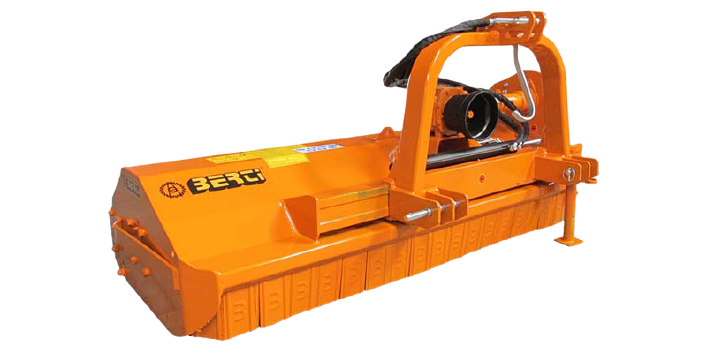
-
When it comes to purchasing a slurry tanker, there are a lot of aspects to consider, and it's easy to get overwhelmed when there are so ...
-
Mowing is a basic yet effective farm maintenance practice that has numerous advantages in the management of orchards and vineyards. More spe...
-
The motor grader is a piece of equipment that is used widely at construction sites. From the motor grader blade to any other part, everythin...
